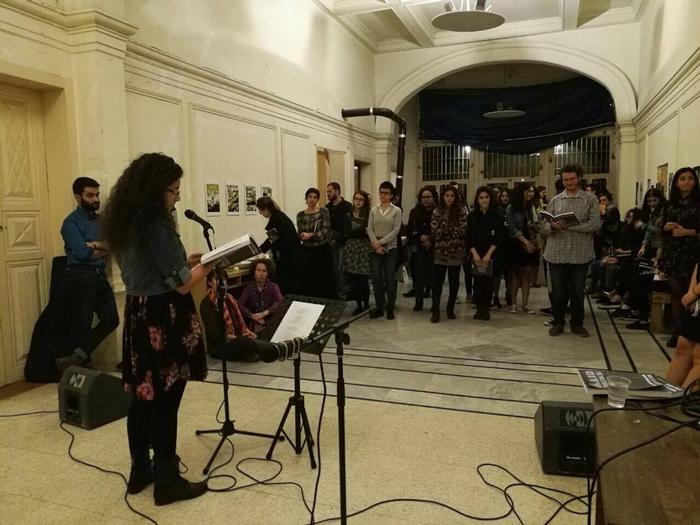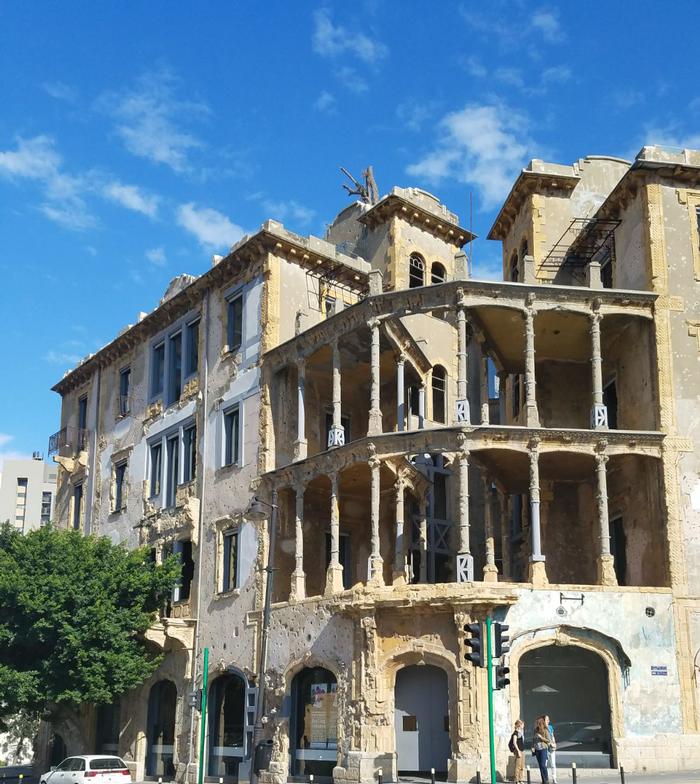Meriam Soltan ProposalArchitectural Preservation in Beirut: A Search for the Future in a Past that Refuses to be ForgottenI hadn’t known what to expect when my family moved to Lebanon in the summer of 2010. My vague recollections about the country were centered around family, a whole lot of it, and wars, of which there were many. In my years here since, I have been illuminated to the fact that these recollections can’t, and won’t, be kept separate due to the citizens’ collectively repressed memories of the Lebanese Civil War. This is reaffirmed by commercial developments that continue to destroy the nation’s built heritage in the name of progress and opportunity. Despite the widespread destruction and gentrification of this shared history, new efforts have been made by activists who seek to break this vicious cycle of destruction by instead turning their efforts towards preservation and rehabilitation. One prime example is Beit Beirut, originally known as The Barakat Building, which was built in 1924 by Youssef Afandi Aftimos, and has since been rehabilitated into a museum of the city’s memory in which the Lebanese Civil War takes center stage. The four-story sandstone mansion existed at the front lines of the war as a sniper outpost on a corner of Beirut’s infamous Green Line, which had, for 15 years, divided East and West Beirut. Riddled with holes and war wounds, Beit Beirut has since become a symbol of the war. Yet, activists like Mona Hallak had to fight against the destruction of this building for years until permits were granted for its rehabilitation in 2003. Architect Youssef Haidar worked to not only rehabilitate the structural integrity of the building, but also to preserve the physical traces of such a violent, repressed history. Opened to the public in 2016, the museum has since made great strides in balancing heritage and modernity while encouraging a national discourse that emphasizes a social responsibility to address the history that the Lebanese have attempted to escape for so long. By understanding the past through the preservation of our built heritage, the existence of a public that prizes tolerance and creativity is encouraged. A building simply dubbed Mansion, located in the 19th century quarter of Zuqaq al Blat, does just this by transforming an abandoned home into a cultural hub that now provides exhibition and studio space for the practice of various arts. The building, which is one of the only remaining examples of the quarter’s vernacular architecture, was reclaimed by a handful of architects in 2010 who took a firm stand against the gentrification of their community by restoring Mansion in service of the greater public. These projects are both models for social change in that they are aware of and address their greater sociopolitical environments through the creation of new space firmly rooted in an understanding of the nation’s past. I therefore propose to further specifically study the impact of redesigning preexisting spaces as a means of further illuminating our shared passed, as well as the circumstances of our present, and their influence in promoting new social environments and different ways forward. Additional Help and InformationAre you in need of assistance? Please email info@berkeleyprize.org. |


